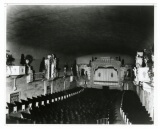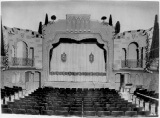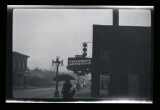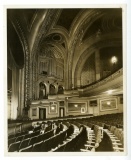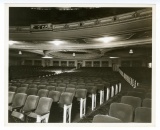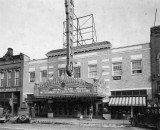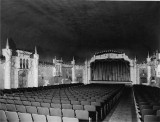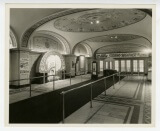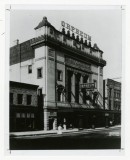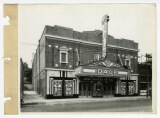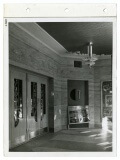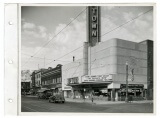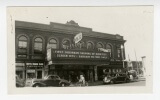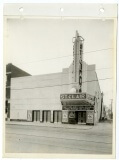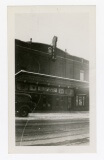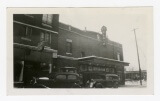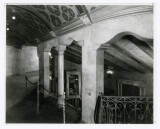
Liebenberg and Kaplan
Only one Twin Cities architectural firm, Liebenberg and Kaplan of Minneaplis, made a real specialty out of art deco, mostly of the later Moderne variety. Jack Liebenberg, the firm’s designer, produced a delightful series of small movie theaters (some new, others remodeled) in the 1920s and 1930s, but almost all were in outlying neighorhoods rather than downtown.1
The architecture firm of Libenberg and Kaplan maintained a full general practice, designing a variety of homes, hospitals, commercial and industrial buildings, churches, and synagogues, but it was their designs for theaters that gave them wide acclaim. During their careers, they designed over 200 theaters throughout the Midwest. In the Twin Cities alone, Liebenberg and Kaplan were responsible for the Granada (Suburban World, 1927-28), the Wayzata (1932), the Edina (1934), the Hollywood (1935), the Uptown (1937), the Varsity (1938), and others no longer standing. Other noteworthy commissions include Adath Jeshurun Synagogue (1927) and Beth El Synagogue (1926, razed 1995).
Over their long careers, Liebenberg and Kaplan designed within a somewhat transitional architectural period. Their theaters were a showcase of a combination of eclectic elements of the 1920s and the newer Streamlined and Zigzag Deco motifs of the 1930s.2
